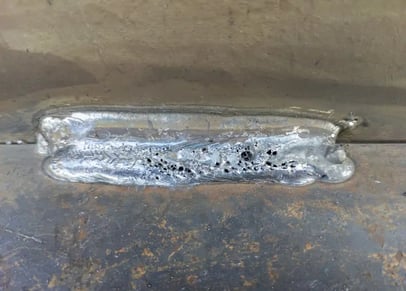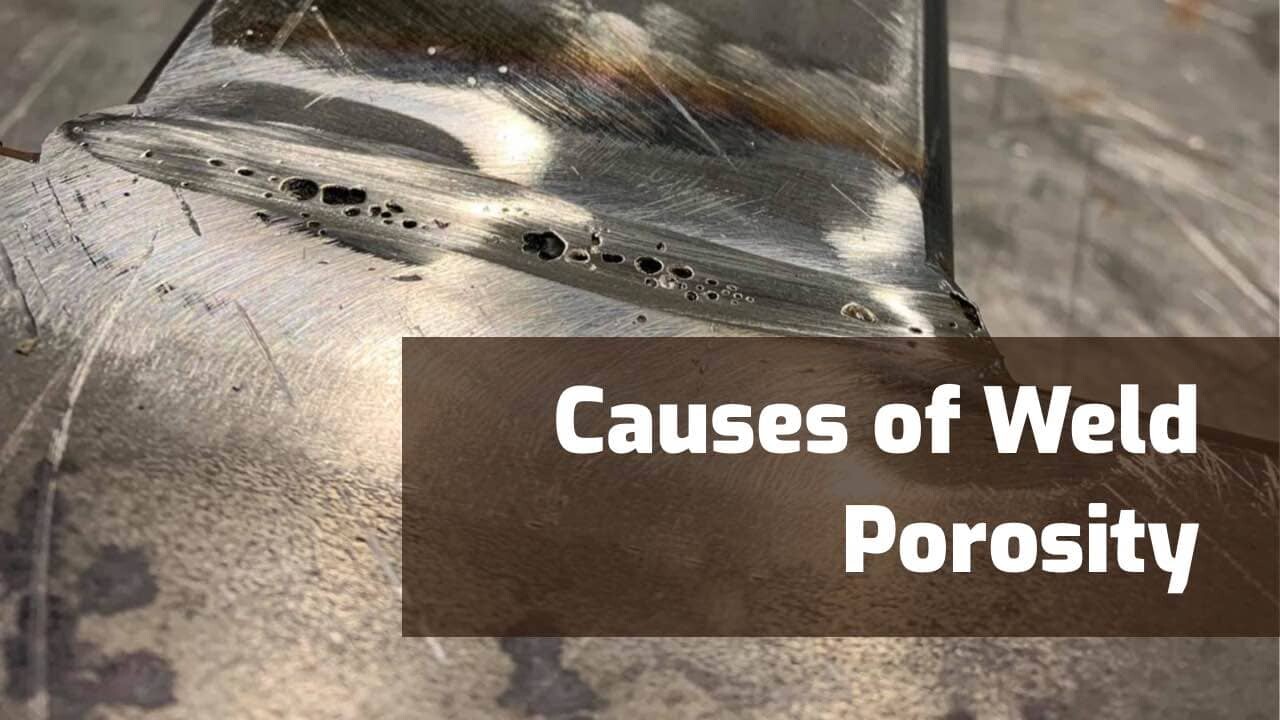Just how to Recognize What is Porosity in Welding and Improve Your Strategy
Just how to Recognize What is Porosity in Welding and Improve Your Strategy
Blog Article
The Science Behind Porosity: A Comprehensive Guide for Welders and Fabricators
Understanding the detailed devices behind porosity in welding is crucial for welders and producers pursuing impeccable workmanship. As metalworkers explore the depths of this phenomenon, they reveal a world controlled by numerous aspects that affect the development of these small gaps within welds. From the make-up of the base products to the complexities of the welding procedure itself, a multitude of variables conspire to either exacerbate or minimize the presence of porosity. In this extensive overview, we will certainly unravel the scientific research behind porosity, exploring its effects on weld top quality and unveiling advanced strategies for its control. Join us on this journey through the microcosm of welding imperfections, where accuracy satisfies understanding in the quest of perfect welds.
Recognizing Porosity in Welding
FIRST SENTENCE:
Examination of porosity in welding exposes essential understandings into the stability and quality of the weld joint. Porosity, identified by the presence of cavities or gaps within the weld metal, is a common concern in welding processes. These voids, otherwise correctly resolved, can jeopardize the architectural integrity and mechanical buildings of the weld, bring about possible failings in the ended up product.

To detect and evaluate porosity, non-destructive testing methods such as ultrasonic screening or X-ray evaluation are typically utilized. These strategies permit the recognition of inner issues without endangering the stability of the weld. By assessing the dimension, shape, and circulation of porosity within a weld, welders can make enlightened decisions to boost their welding processes and accomplish sounder weld joints.

Elements Influencing Porosity Formation
The incident of porosity in welding is influenced by a myriad of variables, ranging from gas shielding effectiveness to the details of welding criterion settings. One important variable contributing to porosity development is insufficient gas securing. When the protecting gas, generally argon or CO2, is not properly covering the weld pool, atmospheric gases like oxygen and nitrogen can infect the liquified metal, resulting in porosity. In addition, the tidiness of the base products plays a significant role. Pollutants such as rust, oil, or dampness can evaporate throughout welding, developing gas pockets within the weld. Welding specifications, including voltage, existing, take a trip rate, and electrode kind, additionally effect porosity development. Utilizing incorrect setups can produce extreme spatter or warm input, which in turn can cause porosity. The welding method used, such as gas steel arc welding (GMAW) or secured metal arc welding (SMAW), can affect porosity formation due to variations in heat circulation and gas coverage. Recognizing and managing these variables are necessary for reducing porosity in welding procedures.
Impacts of Porosity on Weld Top Quality
Porosity development substantially jeopardizes the architectural integrity and mechanical buildings of bonded joints. When porosity exists in a weld, it creates gaps or cavities within the product, decreasing the total strength of the joint. These spaces function as stress and anxiety concentration factors, making the weld a lot more susceptible to breaking and failing under tons. The presence of porosity also weakens the weld's resistance to rust, as the entraped air or gases within deep spaces can react with the surrounding environment, causing deterioration with time. Furthermore, porosity can prevent the weld's capability to hold up against pressure or impact, additional great post to read jeopardizing the total quality and reliability of the bonded structure. In essential applications such as aerospace, vehicle, or structural constructions, where security and toughness are critical, the damaging results of porosity on weld top quality can have extreme effects, stressing the value of lessening porosity through correct welding techniques and treatments.
Strategies to Reduce Porosity
To improve the top quality of welded joints and make certain architectural integrity, welders and producers use specific methods intended at minimizing the formation of gaps and tooth cavities within the material during the welding procedure. One effective technique to decrease check these guys out porosity is to make certain correct material prep work. This consists of extensive cleansing of the base metal to remove any More Help type of contaminants such as oil, oil, or moisture that might add to porosity development. In addition, using the ideal welding criteria, such as the proper voltage, current, and take a trip speed, is vital in stopping porosity. Keeping a constant arc size and angle during welding also helps in reducing the probability of porosity.

Making use of the ideal welding strategy, such as back-stepping or using a weaving movement, can likewise aid distribute warm evenly and decrease the possibilities of porosity formation. By implementing these strategies, welders can efficiently decrease porosity and create high-quality welded joints.

Advanced Solutions for Porosity Control
Implementing sophisticated technologies and cutting-edge methods plays an essential role in achieving premium control over porosity in welding processes. In addition, employing sophisticated welding techniques such as pulsed MIG welding or changed atmosphere welding can additionally aid mitigate porosity concerns.
Another advanced option entails the use of innovative welding tools. As an example, making use of equipment with integrated features like waveform control and innovative power resources can enhance weld high quality and lower porosity risks. The application of automated welding systems with accurate control over criteria can significantly reduce porosity problems.
In addition, integrating sophisticated tracking and inspection innovations such as real-time X-ray imaging or automated ultrasonic screening can aid in discovering porosity early in the welding procedure, enabling prompt corrective activities. Generally, incorporating these advanced services can greatly boost porosity control and enhance the overall high quality of welded components.
Final Thought
In final thought, understanding the science behind porosity in welding is essential for welders and producers to create high-grade welds. By identifying the variables affecting porosity formation and implementing methods to minimize it, welders can improve the overall weld top quality. Advanced remedies for porosity control can additionally boost the welding process and guarantee a solid and reputable weld. It is necessary for welders to continuously educate themselves on porosity and apply ideal methods to accomplish optimum results.
Report this page